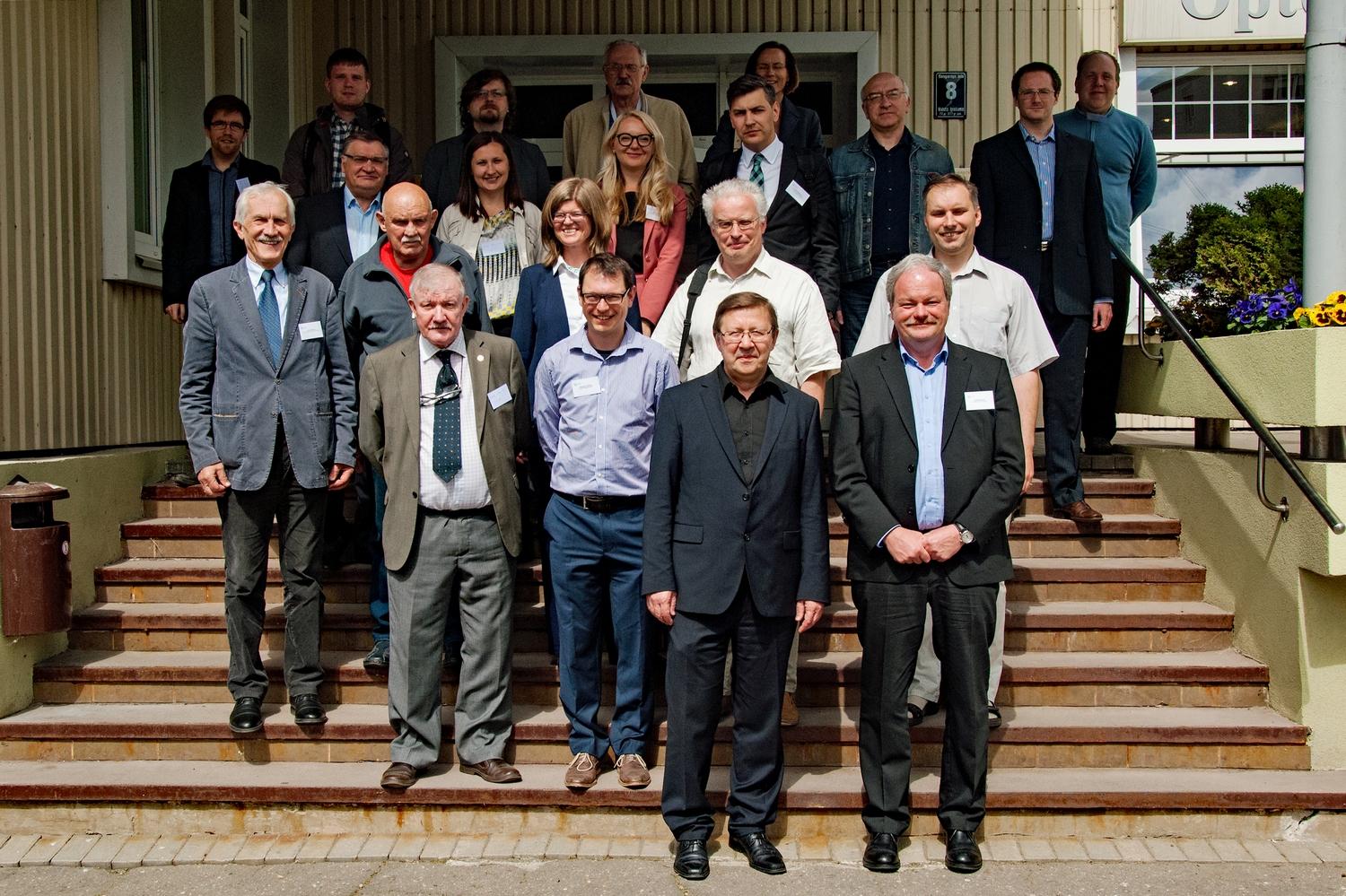ESS Science Workshop in Latvia

The workshop helped to establish contact between the local neutron user community and the Scientific Division of ESS, and allowed them to discuss in person the new opportunities that ESS will enable as the most powerful neutron source. The program focused on life science, energy, engineering and nano-scaled materials, all of which are of special interest to Latvia.
“Collaboration in the field of material science makes Latvia globally connected,” said Inga Jekabsone, Deputy Director of Higher Education and Science Department of the Ministry when opening the event. “The European Spallation Source is a platform of leaders who want to success and with this workshop we are making one step ahead in strengthening our relations with ESS,” continued Jekabsone.
After Martins Rutkis, Director of ISSP, delivered his welcoming remarks, Latvian scientists from a number of institutions gave detailed talks about their most recent research activities and measurements carried out with the help of neutron techniques. The results they presented demonstrate that the community is very active, has strong scientific competence, and strives to build capacity among students especially. Just a couple of days before the workshop, a team of young researchers from Latvia traveled to Switzerland and performed experiments at the neutron source SINQ of Paul Scherrer Institute (PSI), which is one of BrightnESS Partners.
“Large-scale research infrastructures present great opportunities for small countries,” underlined Anatoli Popov of ISSP when describing the future outlook of neutron science in Latvia. The contributions of Latvian scientists were complemented by presentations from representatives of the ESS Scientific Division, who introduced relevant instruments from the ESS instrument suite and shared the ESS perspective on each of the scientific topics discussed.
“It was impressive to see the level of activity in Latvia. This is an excellent starting point for stronger collaboration with ESS,” said Andreas Schreyer, ESS Director for Science, when making concluding remarks.




 is funded by the European Union Framework Programme for Research and Innovation Horizon 2020, under grant agreement 676548.
is funded by the European Union Framework Programme for Research and Innovation Horizon 2020, under grant agreement 676548.